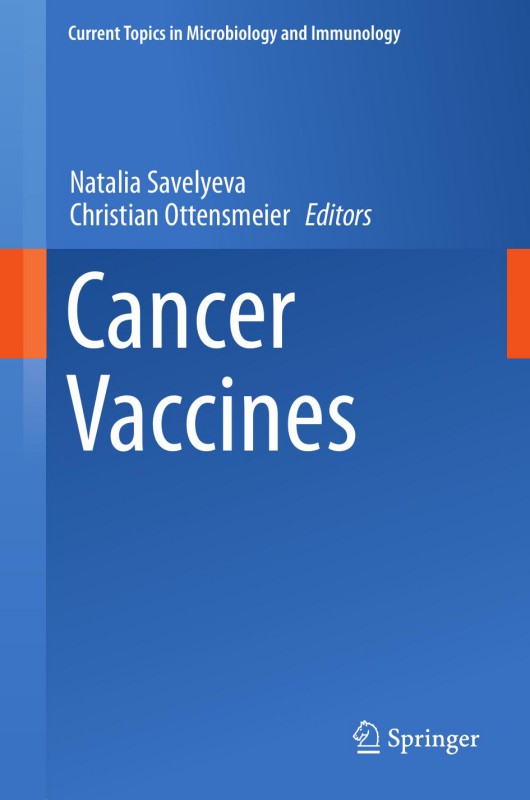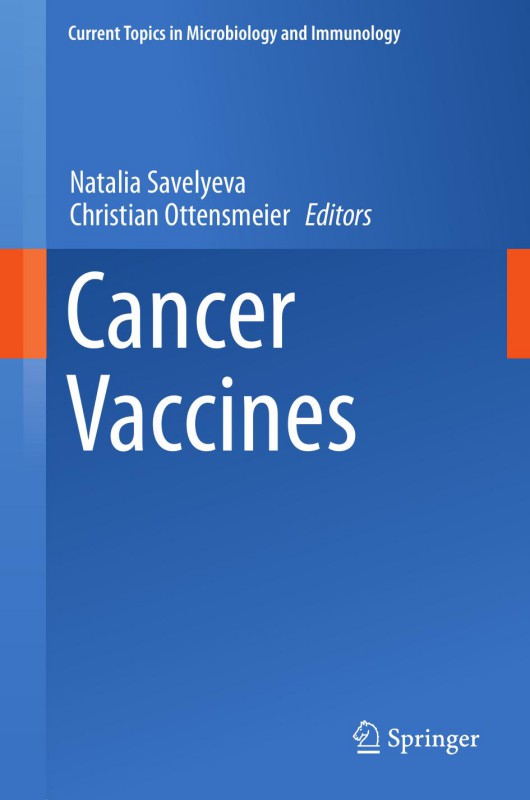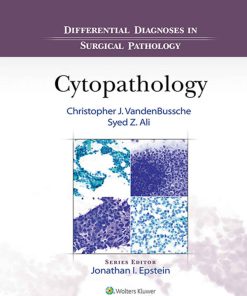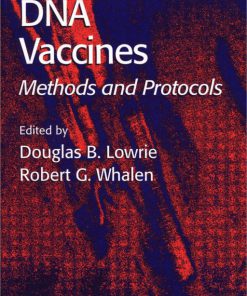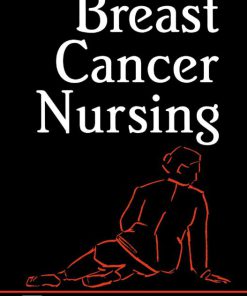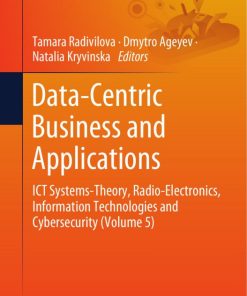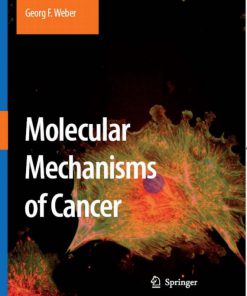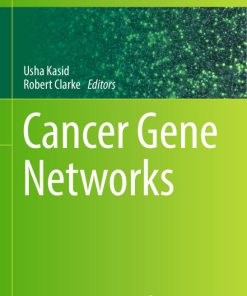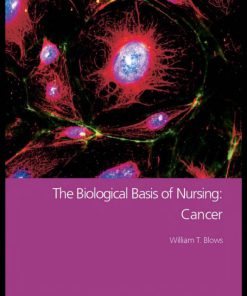Cancer Vaccines 1st Edition by Natalia Savelyeva, Christian Ottensmeier ISBN 3319239104 9783319239101
Original price was: $50.00.$25.00Current price is: $25.00.
Authors:Natalia Savelyeva; Christian Ottensmeier (eds) , Series:Pathology [217] , Tags:Medical; Immunology; Science; Life Sciences; Biology; Oncology; General; Cell Biology; (Current Topics in Microbiology and Immunology 405 , Author sort:Savelyeva, Natalia & Ottensmeier, Christian , Ids:Google; 9780128059111 , Languages:Languages:eng , Published:Published:Jun 2013 , Publisher:Elsevier Science , Comments:Comments:The goal of mobilizing the immune response against cancer in patients is ambitious, and, to even approach success, all the tools of modern genetics have been required. Tools are needed for three tasks: to profile cancer cells, to understand how they survive and proliferate, and to activate immune pathways able to circumvent tumor protective mechanisms and mediate successful attack. Gene-based vaccines incorporate tumor antigen sequences together with genes encoding molecules identified as critical for inducing responses. The vaccine backbones activate innate immunity and, provided T-cell help is co-induced, DNA vaccines overcome regulation and lead to high levels of CD8+ T-cell attack on tumors. Delivery of DNA vaccines to large animals and patients has required new thinking and strategies such as electroporation are now in the clinic. Clinically meaningful immune responses are being induced and the community is developing new ways of evaluating immune responses in patients and connecting these to clinical outcome.

